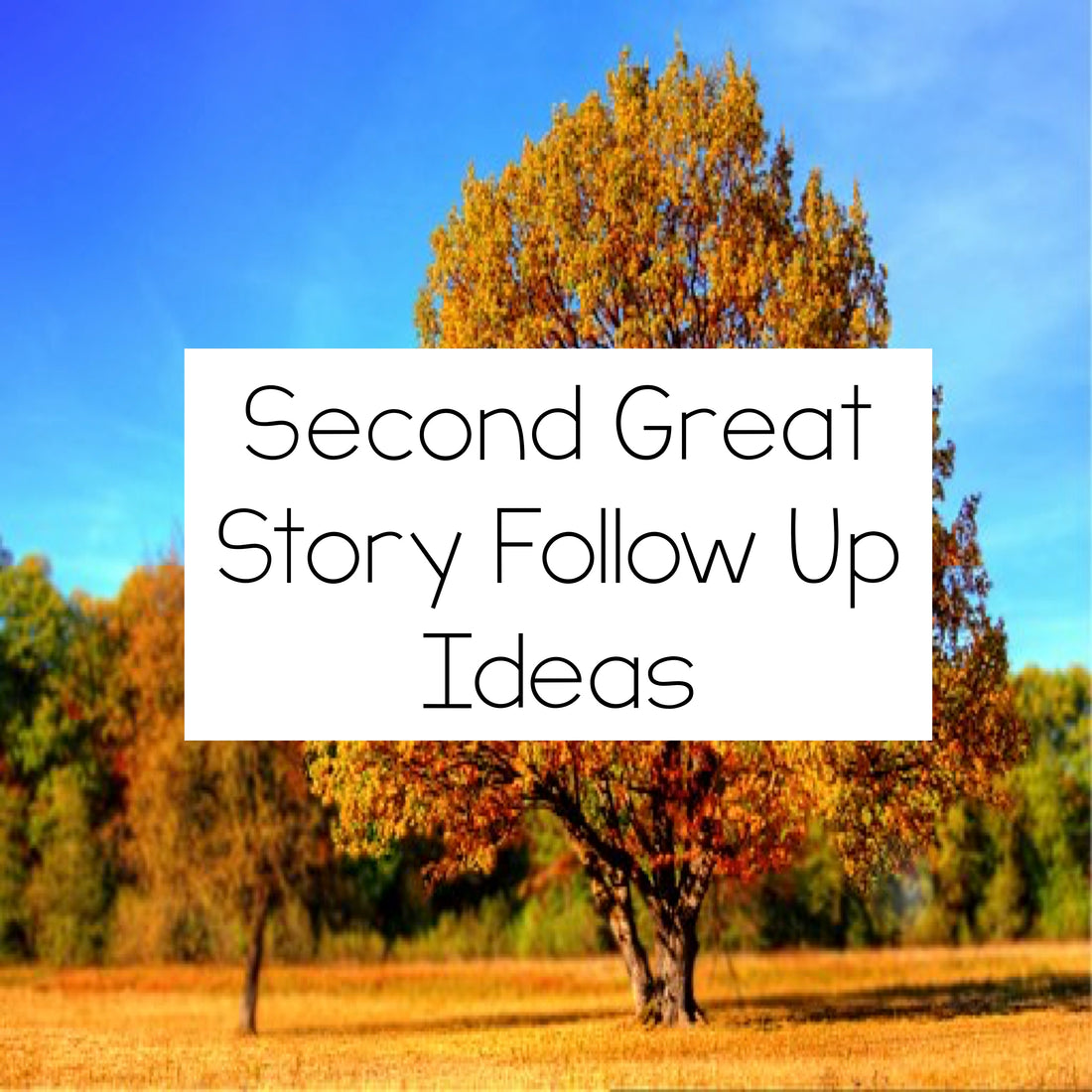
Great Story Two Follow up Materials
Share
The Second Great Story has so much that could be presented after it. It is important to think about curriculum coverage. If you are really interested in dinosaurs you might be naturally inclined to push the study of dinosaurs or make more presentations on it however we need to ensure that during a three-year cycle in our class the child has the opportunity to learn about all things the Second Great Story covers.
Follow up ideas: (It is really hard to present all of this in one year so choose a focus for each year. The other materials may be present on the shelf and given to students if they wish to have a lesson on it or show interest)
1) Present the Timeline of Life and preferably have a mute version where students can place labels and pictures on for the different periods. Look at what happened in the different periods e.g. Ordovician, Permian, Silurian. Students can also research animals of this era. Students may also wish to make their own timeline. These students work diligently over weeks to make this timeline.

2) Clock of Eras (click on the green writing for a lesson sequence)
3) Focus on Dinosaurs and Fossils (click on the green writing for lesson ideas for fossils)
-Look at the different stages of the Mesozoic Era
-Dinosaur research
4) Plants/Animals Present the 'parts of' and 'types of' plants and animals. Usually, these are 3 or 4 part cards.
PLANTS
- Needs of plants/animals. Experiments e.g. what do plants need to live
- Botany Impressionistic Charts
*parts of a plant
*parts of a flower
*parts of a leaf
*parts of a root
*parts of a fruit
*parts of a stem
*parts of a seed
--
* types of trees
* types of leaves
* types of grains
* types of vegetables
* types of seeds
* types of fruit
* types of roots
* types of stems
* types of herbs
* types of flowers
------
ANIMALS
- Parts of Vertebrates: (6-9) Fish, Amphibian, Reptile, Bird, Mammal (this order goes along with the way animals arrived on earth)
- Parts of Invertebrates: (ensure students have been presented vertebrates; best to present in 9-12) Porifera, Cnidaria, Platyhelminth, Nematode, Mollusc, Annelid, Arthropod, Echinoderm
- Types of Invertebrates and Vertebrates
Draw children's attention to when these kinds of animals first appeared on earth by presenting alongside the timeline.
5) Life Skills/ Life Connect such as Gardening, cooking with plants Lessening Carbon Footprint, taking care of plants and animals. Looking at native animals and plants of your country.
Pin it for later here:

Interested in More Montessori Curriculum resource blog posts? Find them here
You can join my mailing list to get more Montessori resources, notifications of new products and news here